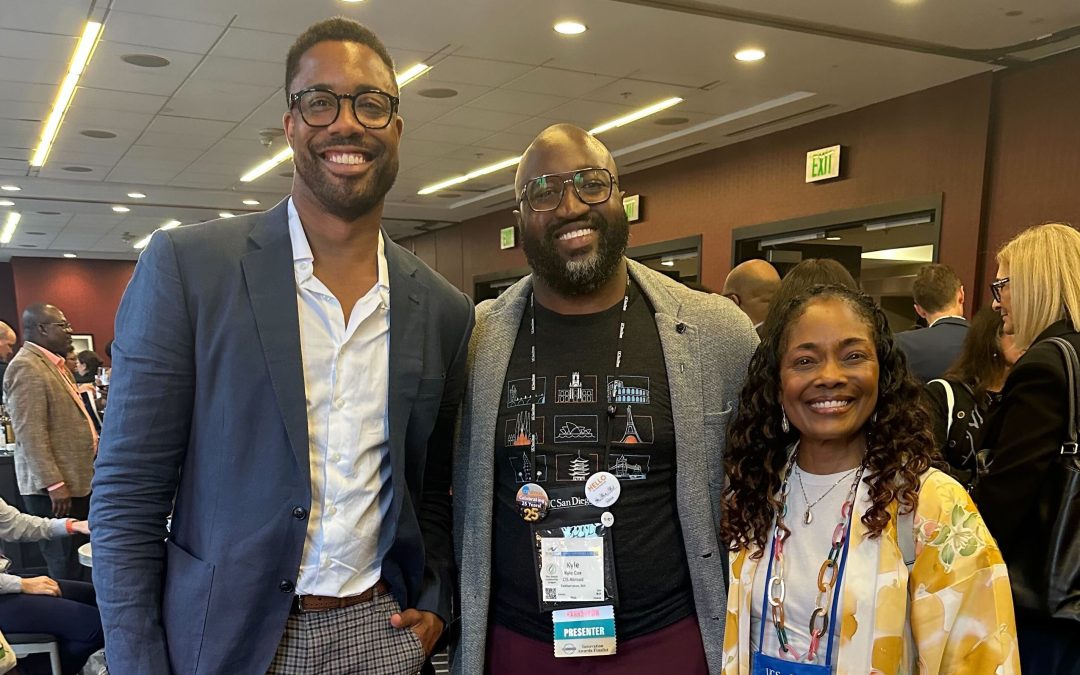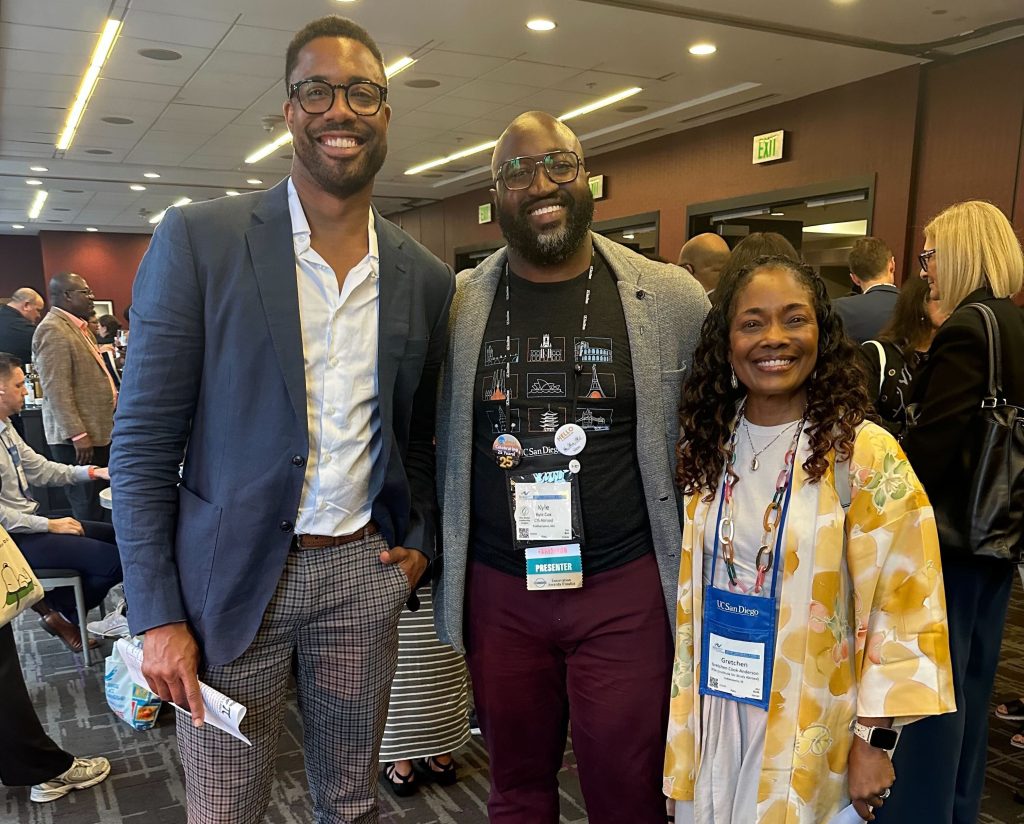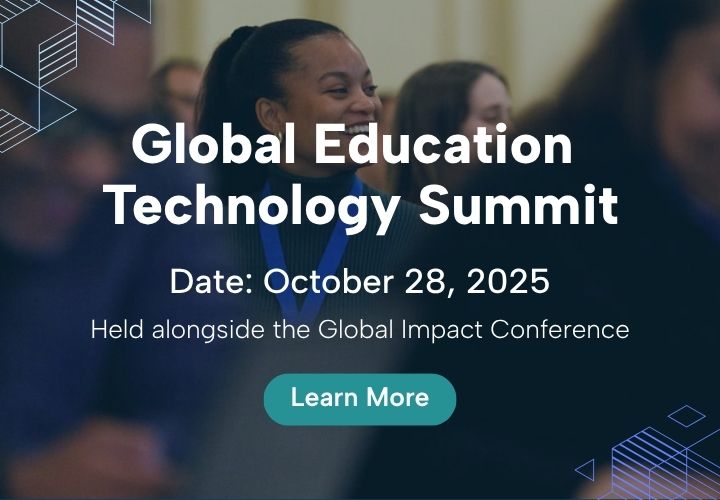
Reflections from NAFSA: Hope, Connection, and What’s Next for Global Education
It’s that time again—looking back at the academic year behind us and ahead to what the coming one has in store.
There’s no shortage of troubling headlines, from international students facing increased visa scrutiny to attacks on lawful equity practices that help ensure global education supports academic success and career readiness for all students.
But with all the negativity dominating the news cycle, I thought I’d share a few reflections, ones that left me hopeful about where we are and where we’re going.
Last week I joined my DA Global colleagues in San Diego for the annual NAFSA Conference. Something felt different this year. Maybe it was me. After nearly twenty NAFSAs, the conference doesn’t hit quite the same, and I don’t mean that in a bad way.
Over the years, I’ve evolved. NAFSA used to be mainly about business for me: more contacts, more partners, more members. Now, it’s become a space to reconnect with my chosen tribe. We build each other up, swap ideas, share laughs, and at times, commiserate. With everything going on in the world and its impact on our field, I needed the connection more this year than most. I get the sense I wasn’t alone in that feeling.
My schedule was a mix of long-time friends and partners and a few new faces. I resisted the urge to stack six, seven, or eight receptions into one night and instead spent more quality time at fewer events. There’s no right or wrong way to do NAFSA, but this approach worked for me. I left recharged and ready for what’s ahead. And I walked away with a few observations and reminders. I’ll share three of them here.
“They say necessity is the mother of invention. Well, we’re in a moment of necessity. And if what I saw last week is any indication, our field is ready to rise to the occasion.”
Technology is essential, but this work is about people
Walking through the exhibit hall it was clear that tech is booming. Apps, platforms, CRMs, AI tools. Many of them are impressive, and there’s no doubt technology will continue to shape our work.
But no one I know got into international education because of the tech. We’re here for the people. For the smiles when students learn they’re going abroad. The pride on the faces of international students’ parents at graduation. The warm embrace from a colleague you haven’t seen since the last conference. The work of international education is about the lives our work touches.
As tech’s footprint grows, we need to keep it in perspective. Let’s use it not just to streamline operations, but to deepen human connection—the real reason most of us chose this field.

Challenging times often birth innovation
It’s no secret that the current environment for international education isn’t easy. As a self-professed pragmatic optimist,I try my best to find the hidden opportunity in challenges. To be fair, this is often easier said than done, especially when staring down political, regulatory, and financial headwinds.
Still, in my conversations in San Diego with colleagues from different roles, institutions, and countries, what stood out was the creativity. There was an acceptance of the heaviness of the moment, but people weren’t retreating; they were reimagining.
The ideas were flowing—from education abroad program models and inclusive support for international students to nuanced approaches to technology and deeper collaboration with industry. That’s what our field needs. If we want to grow our impact on students, institutions, and communities, we have to keep innovating.
They say necessity is the mother of invention. Well, we’re in a moment of necessity. And if what I saw last week is any indication, our field is ready to rise to the occasion.
Future thinking is key
In one conversation, a colleague pushed me to think bigger. She simply asked, “how are you preparing for the 2030s?” It took me a moment but then it hit me. The incoming class this fall will graduate in 2029. The 2030s are almost here.
It’s easy, and at times necessary, to stay focused on the current moment. But we also have to think long-term. What does international education look like for the class of 2035?
How are we positioning global learning to drive student success, career readiness, and institutional impact ten years from now? Big-picture thinking might feel like a luxury these days, but we can’t afford not to do it.
Our ability to question old paradigms, invest in our own growth, and build new models—some for needs that haven’t even emerged yet—will determine how international education contributes to the broader higher ed and workforce ecosystems in the decade ahead.
Conferences can be exhausting and energizing at the same time. NAFSA this year was a marathon, but I left hopeful.
Hopeful for our field, for our students, and for the role DA Global can play as we prepare for the future. As we move into summer planning and gear up for the Global Impact Conference, these reflections—and the many more that came from hallway chats at receptions—will shape how I show up for the work ahead.
We’ve got a lot to look forward to.
Andrew Gordon is an award-winning social impact entrepreneur and leading voice in global education, edtech, inclusive student success and workforce development. As founder of DA Global Access Network, an educational consortium and strategic partner advancing access to global opportunities, he has spent nearly two decades helping higher education institutions strengthen academic achievement, career readiness and institutional impact through access to global education.
